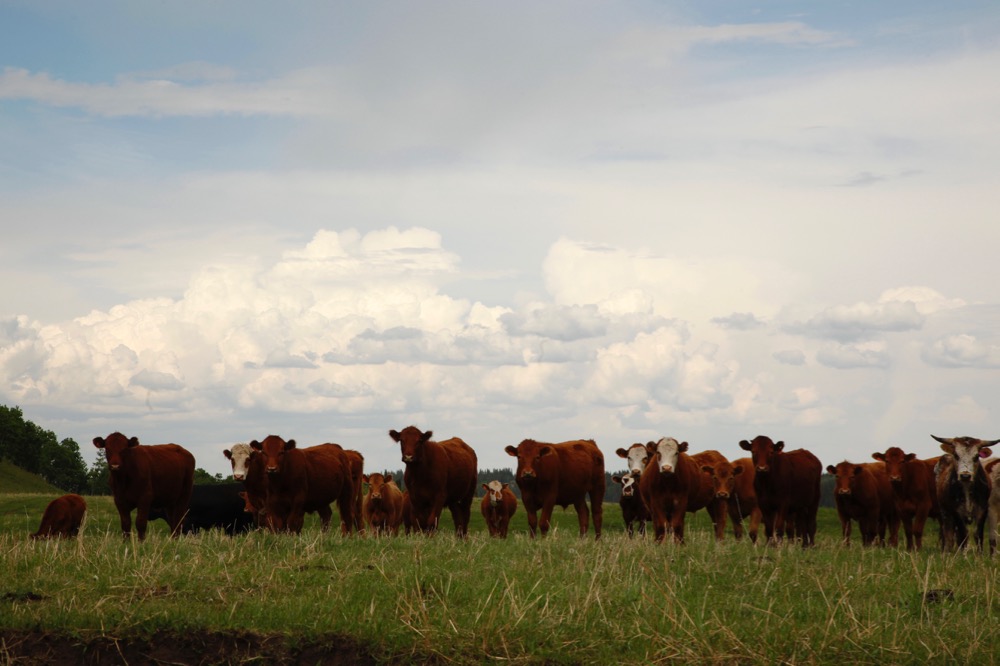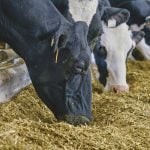If forecasts for feeding the world are even half correct,
farmers in Western Canada will be growing wheat and canola not only on every
acre, but in their bathtubs just to try and meet global demand.
You hear these figures on where world population is headed
over the next 40 years and for me it is always staggering. It is generally good
news for agriculture, but at the same time the big question is “can the world
Read Also
Some perspectives of what’s in store for 2022
By Lee Hart Between COVID-19, supply-chain disruptions and now the conflict in the Ukraine it seems like any calm or…
Dr. Robert Thompson, a retired professor from the University
of Illinois, former vice president of the World Bank

and just one of those
learned guys who probably forgot more about agriculture and agriculture policy
before breakfast than I’ll ever know, gave an interesting talk on the outlook
for agriculture at the Canola Council of Canada annual conference in Saskatoon
this week.
Thompson (pictured right) says it is a good news scenario that the demand for
agricultural commodities and food will increase dramatically over the next 40
years, but adds there will also be significant challenges to feed the world.
The crux of the issue — the world population will increase by 2.6 billion over
the next 40 years, world food demand will increase by 50 per cent, but there is
only 12 per cent of the world land area that has potential for development for
new crop production.
Here are some of his figures:
– The world population stands at
about 6.8 billion people today and that is expected to increase by 2.6 billion
by 2050. China currently has a population of 1.3 billion people, so the
– Out
of the roughly seven billion people in the world today, 1.4 billion live on
less than $1.25 per day. And 925 million live at a level where they cannot
afford the basic human food requirement of 1800 calories/ day.
– Another
2.6 billion people live on less than $2 per day, which is enough to sustain
– A
person needs to be living on about $10 per day before they are able to meet
basic food requirements and afford some of the extras.
– Once
a population moves into that $10 per day/per capita range that is the income
range that places a greater demand on agricultural commodities. They can afford
to buy more.
– Right
now about 15 per cent of China lives on less than $1 per day, and about 33 per
cent live on less than $2.
– In
India 40 per cent of the country lives on less than $1 per day, and 75 per cent
of the population on less than $2.
ADVERTISEMENT












